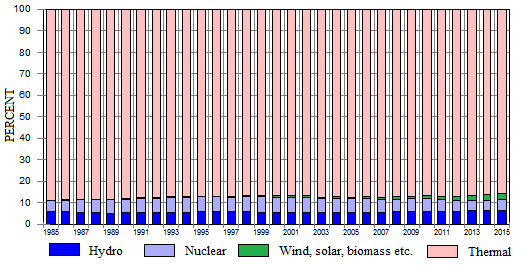
Europe at night from space NASA 2016
News is out that US Senators are meeting in search of (using Sen. Joe Manchin’s words) “a bipartisan climate and energy security package.” . . . “It’s urgent to find out if there is a pathway.”
The principals should attend to Dieter Helm’s expert March 2022 analysis of Climate and Energy Security entitled Energy policy Some excerpts are below in italics with my bolds, suggesting the thrust of his wisdom in this regard.
Introduction
Energy policy is not rocket science. It is about achieving core objectives – security of supply and decarbonisation – and achieving them at the lowest cost. Neither will be met by purely private markets, since the former is a public good and carbon is an externality not properly integrated in competitive markets. Furthermore, energy is a primary good for citizens: not to have energy deprives people and businesses from access to the wider economy and to society. It is a core USO: a Universal Service Obligation. That is why energy cannot be treated like any other commodity, as some of the architects of the “privatisation, liberalisation and competition” paradigm believed. Citizens are more than just consumers.
Security of supply requires a capacity margin: “just in case” rather than “just in time”. Decarbonisation requires more renewables, possibly nuclear, and maybe hydrogen, carbon capture and storage (CCS) and an active demand side. Security of supply sits in this decarbonisation context, and because many of the options on the generation side are intermittent, security of supply takes on a much more demanding dimension – not just the old question of access to fuels and power, but the ability to handle large-scale intermittency.
The Policy Mess We Are In
This pressure to “do something” is most intense in a “crisis”, and what is happening right now is a classic example. Lots of interventions currently being proposed by all the lobbyists are likely to make things worse.
Complexity is a lobbyist’s utopia. Engaged in each consultation, clear about the single aims of its vested interest, able to engage in each and every consultation, able to brief MPs, the media and the ministers, and sow doubt where interests are threatened, it is no wonder that the energy sector is now close to resembling that of agriculture, captured by the core interests. Spending (and it is very large-scale spending) on lobbying keeps going up as the government is more and more engaged in the details of all the main contracts.
These lobby interests have been very successful in getting subsidies and convincing government that the transition to net zero is going to be cheap (just not yet), and that there is no threat to security. Just go for net zero, they argue – on a territorial carbon production basis – sign up for lots and lots of targets and then, once the fish is hooked, play in the threat of failures and hence the case for more and more subsidies. (If it was all so cheap, we could of course abolish the subsidies – but no vested interest is demanding the end to subsidies.)
The facts –not only that decarbonisation is essential, but it is going to cost a lot – remain, and they are increasingly emerging. Each time they do, the lobbyists turn to the Treasury and ask the taxpayer to bail them out.
At its simplest, the government has been pursuing decarbonisation without addressing in parallel the security of supply implications. The failures are multiple. It is not just the gas price and the collapse of suppliers; it is also about the balancing market, and the distribution companies.
Behind all of these is the lack of a coherent market design
fit for the decarbonising purposes.
Exposure to the spot markets, with no storage and no special relationship to North Sea producers, is only one reason why the gas price increases hit the UK particularly hard. A second reason is that the UK has built a lot of intermittent wind capacity without thinking through how to manage the intermittency. In the UK (for good reasons) there is very little coal generation capacity left – except DRAX. For all the hype about batteries and smart demand management, the fact is that gas (and small diesel generators) is almost all that is currently left to do the heavy lifting.
In a renewables energy system, there needs to be a lot more capacity
to meet any given demand.
In theory, if there was no wind, then there would need to be another complete system to be on standby. As demand keeps going down – in part because of de-industrialisation (industry demand is down 20% since 2000) – capacity has been going up towards the 100GW mark, an increased requirement of over 20GW for a significantly lower total demand. It will need to go up a lot more with 40GW of offshore wind as planned. It seems to have escaped the notice of all those projecting that the costs of the transition would be very low, and claiming that renewables are cost-competitive with fossil fuels, that all this capacity has to earn a reasonable rate of return. It is a cost of renewables.
Needing the gas capacity is only one dimension of the problem. The other is how to deliver it, given that the wind has a marginal cost close to zero. Whereas a conventional gas power station could rely on running most of the time when first built, now it is itself intermittent, depending on whether the wind is blowing. This breaks the conventional back of the economics of gas investment. Hence there is no merchant gas investment. Gas shifts from being driven by a normal wholesale market towards a strategic reserve of capacity. The market design has not caught up with this. Gas now needs a capacity payment to make its reasonable return, and hence a capacity contract, which only the government can underpin.
Back to Basics
The very concept of a competitive retail energy supply market cuts across the basic idea that energy is a USO. Some think that goes beyond the pure commodity to an essential service necessary for a citizen to participate in society. Without electricity and gas, citizens can die of hyperthermia (quite a lot do each winter), they cannot access the internet, phones may not work, and the freezer thaws out. Any decent society recognises that energy cannot be simply about price, supply and demand. Yet that is precisely what the architects of the privatisation and liberalisation paradigm thought they were doing. The current crisis is not just about whether people can or will pay: it is also about all those voluntary actions to stop using the heating and the electricity, with all the consequences for the poor that this implies. Paying the electricity bill can be a trade-off with food.
The supply market is now broken, and it is unlikely that many customers will now want to switch – especially amongst the poorer ones. The government has had to step in to bail out Bulb. All electricity customers are now going to pay more than £60 each in their bills to pick up the tab for the costs of sorting out all the company failures. We have come full circle, back to an oligopoly again, and one that will need proper regulation.
The right way to address supply is to start with what customers want, to ensure that the companies serve the customers, not that the customers serve the interests of the suppliers.
How It Could Be Different
Though it is true that we are where we are, it is worth considering how it could be different by looking at what is happening elsewhere. Recall the reasons why the gas price increases have hit so hard are that the UK has lots of intermittent wind, and the electricity price is determined by the (marginal) wholesale price. Intermittency reads across to greater demand for gas, and that translates straight into the electricity price. The gas and electricity price paths match each other remarkably closely in the UK.
To see how it could be different, consider what is happening in France. It is around 70% nuclear and has a lot of hydropower. As the gas prices have shot up, the cost of nuclear and hydropower has not changed at all. Similarly in the UK, the cost of wind, solar and nuclear generation has not gone up. But now the difference. In France, the price increases are being limited to 4%. This reflects the costs. EDF understandably protests that this will lose it money (around €8 billion), because it could have sold its power into the EU markets at the spot price.
But the €8 billion is not a loss, but rather an additional profit that would go to EDF. Since EDF is largely owned by the French state, the €8 billion would be a taxpayer gain, and stands against a customer gain if the benefits of a stable nuclear power supply go to the French citizens and industry. Quite why Germans should benefit from French nuclear at this point of the gas price crisis, when it has closed its own nuclear fleet, is hard to fathom.
The building blocks of a sensible energy policy
Energy policy is all about setting a system framework within which markets operate to deliver what citizens and customers want. It starts with setting the objectives, and then ensures that these are met by a set of institutions, interventions, regulations, licences and auctions and so on.
The objectives
There are two primary objectives: security of supply and decarbonisation. Unless these are clearly and appropriately specified, no amount of ingenuity about the development of policies will be anything other than inefficient.
Security of supply includes price and costs, as does decarbonisation. Setting either independently of prices and costs make them unlikely to be attainable. In both cases higher prices have an impact on demand and hence the required supply-side infrastructure, reserves, capacity margins and the total envelope of investments. For example, gas security is always possible if the price is high enough. Supply equals demand at a clearing price. Security of supply has to be at reasonable costs, as must decarbonisation.
Both objectives are currently set as if they are independent of prices and costs. Hence they are in doubt: market participants need to try to guess the reaction function of government if and when customers and voters rebel or are simply unable to pay. In particular, there is an assumption as noted above that decarbonisation will be very low cost (perhaps 1% GDP per annum), but this is hopelessly unrealistic – it assumes as noted, for example, not only that the costs of renewables and low-carbon technologies will keep falling, but also that government policy will be perfect. There will be no government failure.
This is nonsense. Pretending that the costs are low to get governments signed up is a classic NGO trick, but the unfortunate reality is that the costs do not go away by assumption. In the current circumstances, few can bank on getting the net zero for the electricity sector by 2035. The uncertainty raises risk and hence the cost of capital.
The security of supply objective is also ill-defined, if defined at all. How much risk does the government want the economy and its companies and citizens to take that they will face price shocks? It is easy to be very secure, provided the economy can withstand the costs of a range of policies, including strategic stocks, reinforced networks and large capacity margins. We could, for example, agree to pay whatever it takes to secure LNG cargoes by agreeing to outbid every other country in the world. The costs of all of this would be beyond those that the economy could withstand.
The task of government in general, and BEIS in particular, is to set out serious and sensible objectives, and then delegate their achievement in a credible way.
Stakes in the ground
There are a number of decisions which cannot be taken by the private sector, or at least not without a very high cost of capital. The government is already the central buyer for almost everything in the electricity sector – directly or indirectly. Almost all new generation comes with a government-backed contract: a capacity contract or a CfD or a RAB. All the networks are regulated, and the regulator has a duty to finance functions in one form or another. The government controls the North Sea licences for oil and gas, and The Crown Estate runs the seabed licences.
The first stake in the ground concerns nuclear.
It can never be a purely private investment, for multiple reasons. Waste is an intergenerational liability. The political nature of nuclear means that investors always face the risk that government performs the sorts of U-turns made in Germany. Limited liability of private sector firms leaves the government with the unlimited liabilities. These considerations trump the further worries about the length of the project, cost and construction overruns, and changing regulatory requirements. Every major incident globally at a nuclear facility leads to a review of safety regulators, and safety regulators usually come up with new tighter regulations as a result.
Having a nuclear capability is part and parcel of having a robust nuclear programme, as it is of a military nuclear deterrence. Looking ahead, it is possible to envisage a joint UK– France nuclear programme, adding France’s six to say four to six in the UK, making a programme of at least ten. This would yield a supply chain. But it would need a UK company as part of the deal and a joint political framework. All of this, in the current context, is fantasy. If the UK does nuclear, it will be far less ambitious, less joined-up, and probably much more costly.
The conclusion that follows is that it is very hard to think of any worse way of taking nuclear decisions than the recent past in Britain. It maximises the cost of capital without complete risk transfer, and it minimises the supply chain efficiencies. Opting for more nuclear now as part of a security and decarbonising strategy requires the ambition to be matched by a more coherent and joined-up commitment, sustained over more than a decade.
A second stake in the ground is offshore and onshore wind.
The key point about wind is its difficult economics: it is low-density, disaggregated, intermittent and remote from consumers. Nevertheless, its lobbyists claim that wind is the cheapest form of electricity generation. Sadly this is not true once the full costs are taken into account, and that means that it is government that has to decide how much offshore and onshore wind and has to provide the subsidies to the full costs to make it happen. The regulator has to instruct the network companies to build an interconnected system between the offshore wind farms and then between the wind farms and the mainland grids. Offshore wind – the main play – differs from nuclear in all the above respects. It also differs in having shorter lead times and its components can be manufactured, currently primarily in China.
The stake in the ground decisions about the volume of offshore and onshore wind are conditional on deciding about the system infrastructure to collect and distribute the energy, and how to deal with the intermittency.
This is a system question that depends not only on the quantity in GWs of offshore wind in particular, but also on what else is on the system at the same time. It is rarely observed that the decision about wind needs to be taken in conjunction with the decision about gas – at least until there is a largescale alternative storage technology that can cope with longer periods of low wind, notably in winter (but increasingly in summer, too, as the air conditioning loads grow). Given the 2035 target for decarbonising electricity, the gas decision depends in turn on the CCS decision, since more wind means more gas, which means more CCS if the gas is to meet the net zero requirement by 2035.
This leads to the third stake in the ground – CCS.
Successive governments have stalled on CCS (Carbon Capture and Storage) investments and decisions. As noted, a Treasury paper in 2007 promised £1 billion of support to develop CCS. Fifteen years later, and despite there being even a competition for the £1 billion, CCS remains largely on the drawing board. It requires a regulatory and licences framework, a liability insurance regime, a pipeline system, and a price of carbon sequestrated.
Though all of this is reasonably straightforward, these ancillary stakes in the ground are not yet in place, and the clock is ticking both as the offshore wind develops and the 2035 deadline gets ever closer.
The fourth stake is the new kid on the block – hydrogen and green ammonia.
It is unlikely to be the last “new kid”. The promise of hydrogen is that it can be manufactured by using excess wind and perhaps even solar, thereby being truly “green”. (Nuclear could do this too, though it is unlikely to be surplus unless on a French scale.) In the meantime, hydrogen is “blue”, made from natural gas, which brings us back to CCS. Blue hydrogen is inconsistent with the net zero targets without CCS. The hydrogen decision differs from the nuclear and wind stakes in the ground because it is very much at the R&D and demonstration stage. R&D is a public good and hence there is an obvious role here for government support.
There are several other stakes in the ground, though they tend to be more about the frameworks and less the technology per se. Solar falls into this category, and targets are particularly inappropriate given the major differences between rooftop, household, farmland and other variants. In an ideal world with perfect foresight, governments might want to go further, but there are corollary dangers as the lobbyists get their teeth into government and regulators, and getting the really big decisions right on the above stakes in the ground would be a major achievement. All of the above are decisions which cannot be taken by markets.
Governments should resist the temptation to do everything. Just doing a few things well would be a massive improvement on the current policy mess described above.
Delivering the plan – guidance and the system operator and regional system operators
Government can and indeed has to take the decisions about the major stakes in the ground. What then is required is a plan to deliver the energy system within which these stakes are embedded.
These objectives will not be achieved without a plan. If, for example, the government seriously intends to get to net zero for the electricity sector by 2035, then with 13 years to go, it needs to radically up its game and set out a plan to get from here to there. To give some examples, if part of the plan is to build lots more offshore wind and to increase electricity capacity to tackle transport and some heating, then as noted it will need a lot of gas capacity to back it all up. That in turn will need CCS, since electricity will not be net zero if there is a lot of gas on the system unless the gas is net zero and the only plausible way of doing this is to use very large-scale CCS. Similarly, it makes a lot of difference to the networks and the capacity requirement whether there is more nuclear or not. To get more nuclear in just 13 years on the system requires a lot of actions now. The stakes in the ground are for government: the delivery of the system to meet these is an evolving and detailed matter. Things will change. Nuclear might be late, wind costs may increase, and so on.
Someone has to manage this process, and whilst the government and BEIS can and should issue guidance – notably in respect of the overall objectives and the stakes in the ground – there need to be a system architect. The obvious place to start is with the SOs at the national and also at the regional level too. The Cost of Energy Review sets out how these should be separated from National Grid and the distribution network operators (DNOs) and details some of the consequences for Ofgem and system regulation. Five years later, the government is still prevaricating about how to do this. Every year means that the system plan remains incomplete, which means that it is harder and harder to meet the 2035 target and the costs of doing so goes up. It has an impact on the generation investment decisions, notably because without a network system in place, uncertainty increases and hence the costs of capital goes up.
Creating a market fit for the purposes of the twenty-first century
Critical to rebasing energy policy now is a series of decisions – stakes in the ground – that have been fudged in recent years. Either do nuclear properly or not at all. Recognise the security implications of lots of intermittent wind on the system and plan the system architecture to deal with this. Integrate the offshore and onshore electricity grids. Do not ignore the gas that will be a part of the back-up for at least a decade to come. Do not pretend that stopping new gas production in the North Sea solves the problem of UK consumers consuming a lot of gas by importing it instead.
Get on with separating out the regional SOs and the national SO. Evolve quickly to an EFP market to supersede the fossil-fuel-driven wholesale markets of the twentieth century. Take longer term contracts seriously rather than relying overwhelmingly on spot markets, and extend the price cap periods to a year. Get on with designing and implementing an integrated CCS system offshore.
Do these things, and spend less on perverse subsidies, and the UK can have secure energy at a reasonable cost and decarbonise at the same time. Ignore all these, and not only will the UK lack security, but it will pay higher prices and the 2035 target will fade, and possibly with it the willingness of the public to support the vital objective of decarbonisation.
See also World of Energy Infographics

 Ross Pomeroy writes at Real Clear Science What Are the Effects of America’s Narcissism Epidemic? Excerpts in italics with my bolds and added images.
Ross Pomeroy writes at Real Clear Science What Are the Effects of America’s Narcissism Epidemic? Excerpts in italics with my bolds and added images.





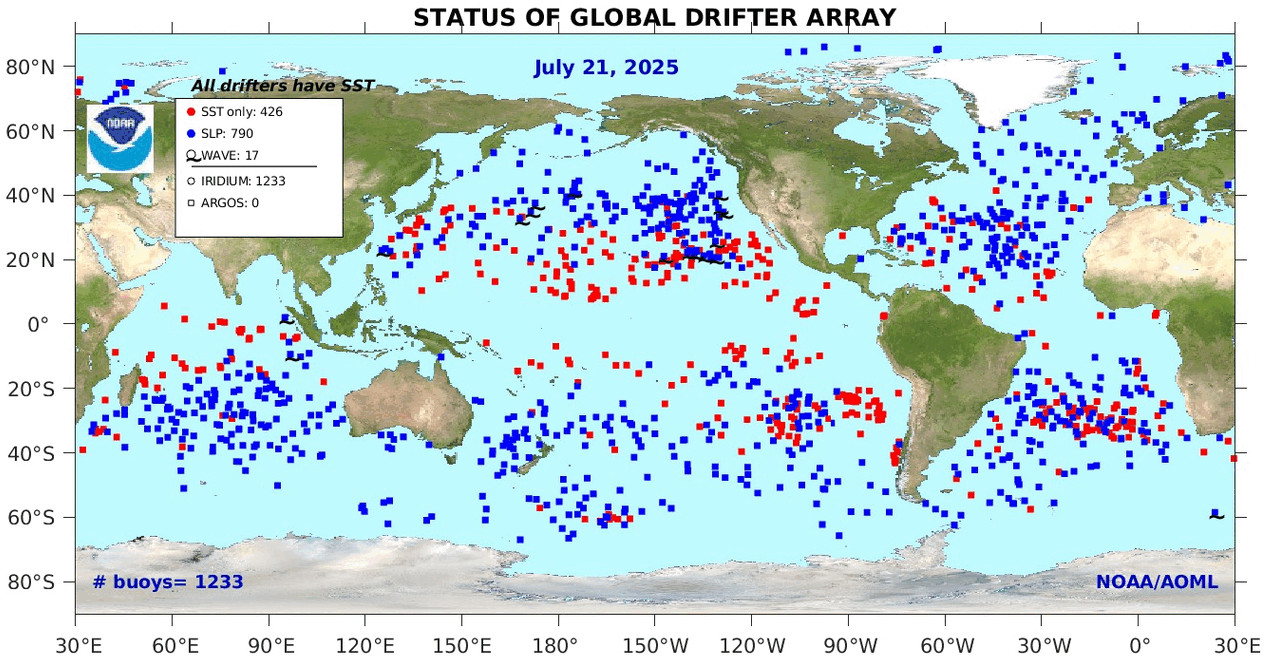








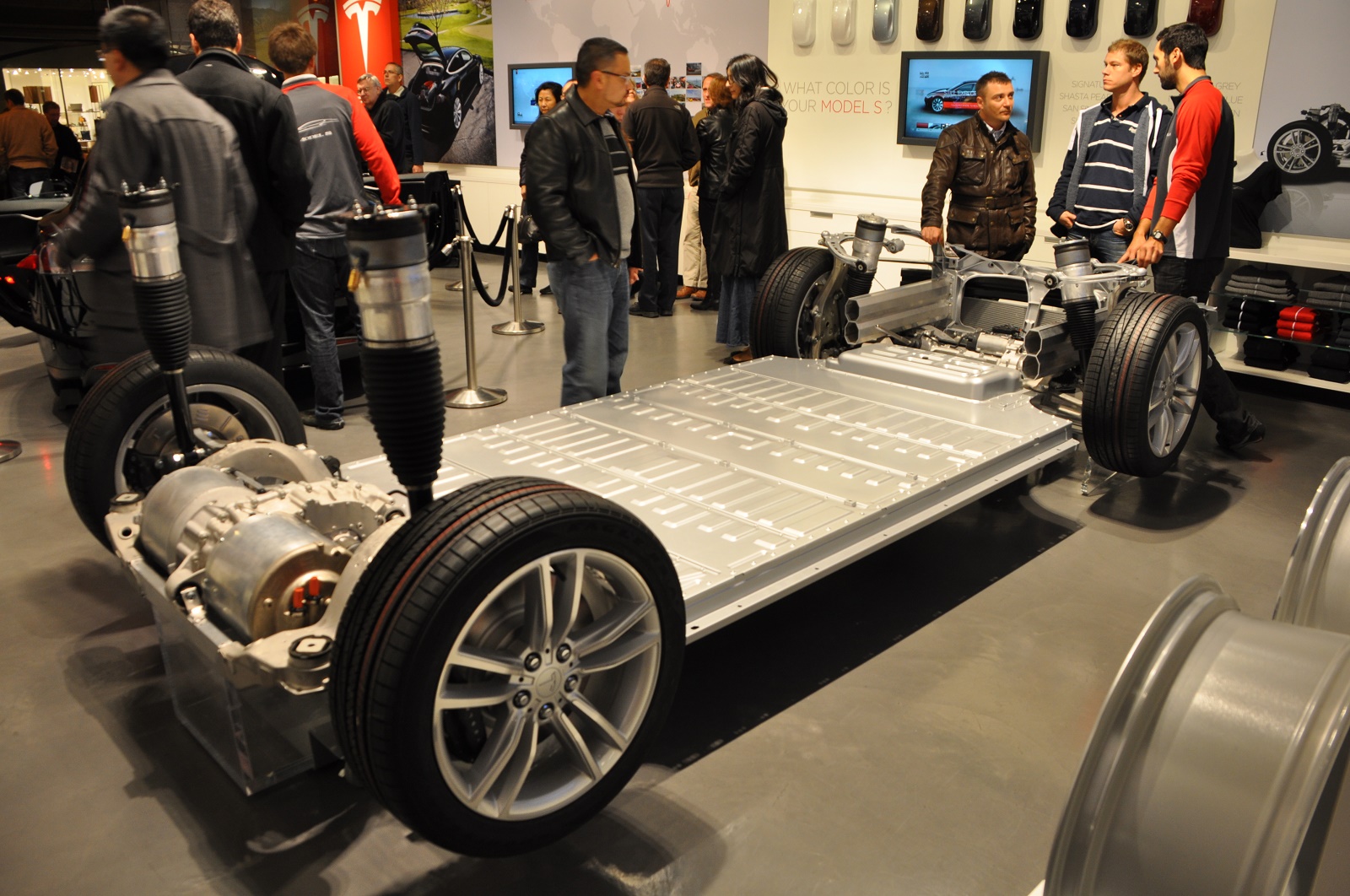











 And that’s where those laws, norms, and standards come in. In an environment with many disinterested actors, those entities without skin in the game would easily out-produce the relatively small number of individuals invested in a particular narrative. In that environment, the idea that zoonotic transmission and escape from a biolab in the same city where researchers were known to be working on bat viruses were both very real possibilities would be obvious.
And that’s where those laws, norms, and standards come in. In an environment with many disinterested actors, those entities without skin in the game would easily out-produce the relatively small number of individuals invested in a particular narrative. In that environment, the idea that zoonotic transmission and escape from a biolab in the same city where researchers were known to be working on bat viruses were both very real possibilities would be obvious.






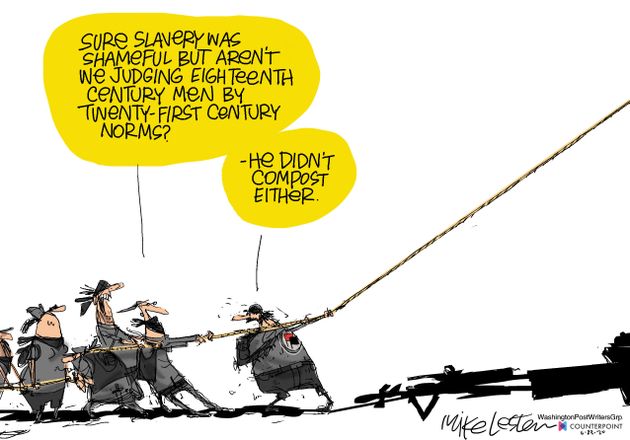




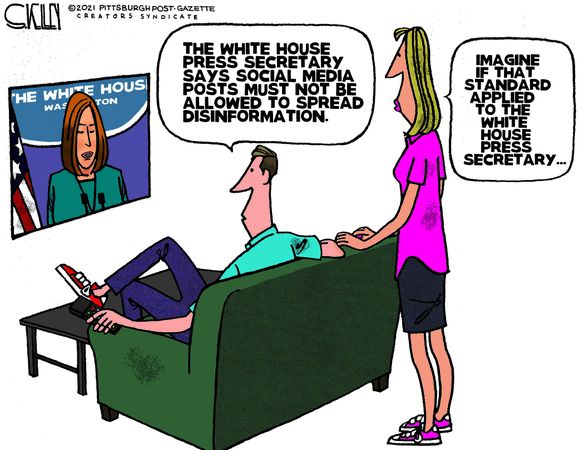









 But: Sea Level Rise is not accelerating.
But: Sea Level Rise is not accelerating.







